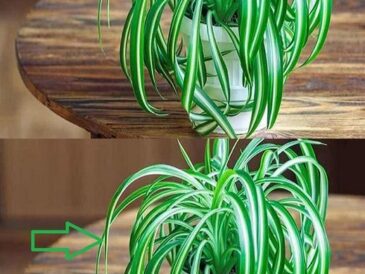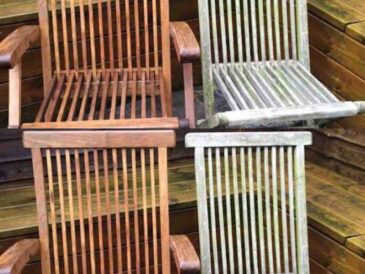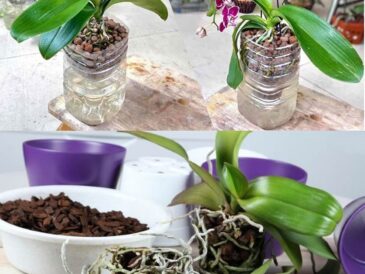Instructions:
- Compost or Well-Rotted Manure:
- Compost is an excellent source of organic matter and a balanced mix of nutrients. If you have well-rotted manure, it can also be used as it provides nitrogen and other nutrients.
- Mix one part compost or manure into the soil where your tulips are planted. This helps improve soil structure, drainage, and nutrient content.
- Bone Meal:
- Bone meal is rich in phosphorus and calcium, essential for strong root development and flowering. It slowly releases these nutrients, providing a steady supply.
- Mix one part bone meal with the soil around each tulip bulb during planting. Alternatively, sprinkle it around the base of established plants and lightly work it into the soil.
- Epsom Salt:
- Epsom salt contains magnesium and sulfur, which are vital for photosynthesis and overall plant health.
- Dissolve one tablespoon of Epsom salt in a gallon of water. Use this solution to water your tulips once a month during the growing season.
- Wood Ash (Optional):
- Wood ash from untreated wood is an excellent source of potassium, which helps improve flower quality and disease resistance.
- If using wood ash, sprinkle about half a cup around each plant. Be cautious not to use too much, as it can raise soil pH.
- Banana Peel Tea:
- Banana peels are rich in potassium, calcium, and other micronutrients. Making a tea from banana peels can provide these nutrients in a form that’s easy for plants to absorb.
- To make banana peel tea, chop 2-3 banana peels and soak them in a jar of water for a few days. Strain the liquid and use it to water your tulips once every two weeks.
Application Tips and Care
- Timing: Fertilize tulips in early spring when the foliage starts to emerge. This provides the nutrients they need for strong growth and vibrant blooms. A second application can be made after blooming, which helps the bulbs store energy for the next season.
- Watering: Always water your tulips after applying fertilizer to help the nutrients penetrate the soil and reach the roots.
- Avoid Over-Fertilizing: Too much fertilizer can harm tulips, causing foliage burns or excessive leaf growth at the expense of flowers. Stick to the recommended amounts and frequency.
- Soil pH: Tulips prefer slightly acidic to neutral soil (pH 6.0-7.0). If your soil is too acidic or alkaline, adjust it accordingly. Wood ash can raise pH, while sulfur can lower it.
Additional Tips for Healthy Tulips
TO CONTINUE READING SEE NEXT PAGE




